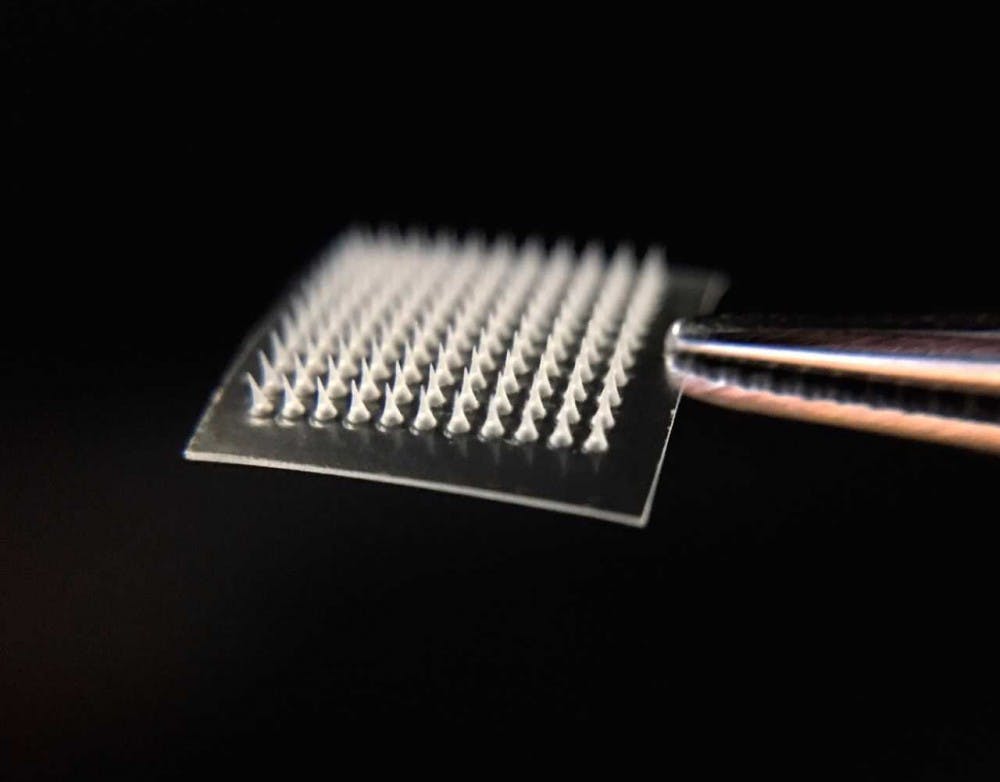Researchers at UNC, N.C. State University and Columbia University developed a microneedle skin patch that could potentially treat obesity and diabetes.
The skin patch would transform energy-storing white fat into energy-burning brown fat. The patch can be used to treat unwanted fat and reduce symptoms in people with metabolic disorders, such as diabetes.
Li Qiang, a pathology and cell biology professor at Columbia University and one of the researchers, said in an email they created a browning technology that is based on a degradable microneedle patch consisting of drug-loaded nano-particles.
"In the mouse model, the (microneedle) patch delivers browning regents in a safe and effective manner for inhibition of adipocyte hypertrophy and improvement of metabolism,” he said.
The patch has only been tested on mice and has successfully been used to aid metabolic disorders such as obesity or diabetes.
John Buse, endocrinologist and professor of medicine at UNC, said studies like these are important because animal studies are cheap and easy to do.
"They suggest new technologies that might work in people," he said. "But extensive studies in people will be needed to prove that it works to promote weight loss safely.”
Humans have two types of fat: white fat stores excess energy and brown fat helps the body to produce heat. For many years, researchers have been looking into finding a way to transfer white fat into brown fat — a process called browning, which occurs naturally when the body is exposed to cold temperatures, as a form of treatment for diabetes and obesity. Buse said the drug causes browning.
"It is an adaptive mechanism in mice to keep from freezing in winter that has always been harder to demonstrate in humans,” he said.



